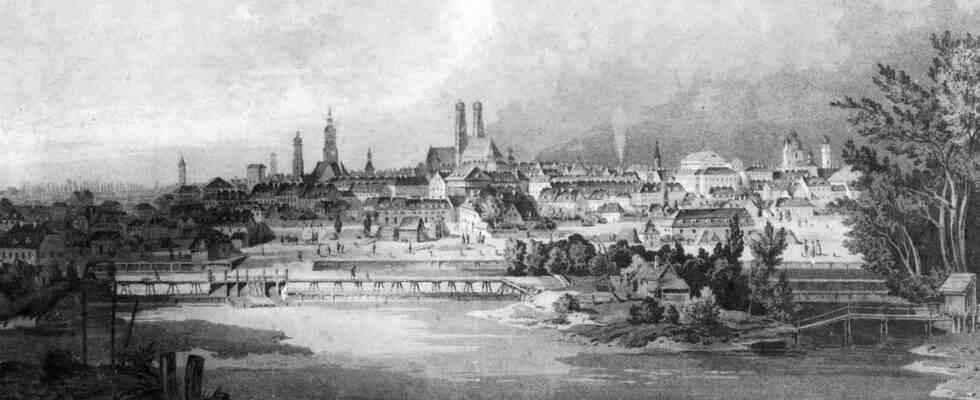When the areas facing the Isar east of the city wall fell under the jurisdiction of the city of Munich in 1724, this was – strictly speaking – not an incorporation, since today’s Lehel had belonged to the Munich Burgfrieden since the 15th century. Nevertheless, with the cession of direct sovereign rights by Elector Max Emanuel, both the merging of Munich with the surrounding area and the history of Lehel as the first suburb began. The built-up urban area doubled in one fell swoop. A good reason to celebrate, even for growth skeptics.
The district committee Altstadt-Lehel is therefore committed to celebrating the 300th anniversary with a district festival in summer 2024. The local innkeepers will take care of the gastronomic part, while the art and culture program will take place on a central stage. The committee wants to help develop and compile ideas for the program in the near future, if the city administration gives the go-ahead.
The text of the application proposes a place between the old town and the Lehel as a “hub” for the festival, which the local politicians have already specified: Isartorplatz would be an ideal festival site if the city council and administration were willing to keep the Altstadtring for the long term during the festival, preferably from the Isartor to the entrance to the new underground car park on Thomas-Wimmer-Ring. Since the proposal is not only likely to find enthusiastic supporters, BA members point out as a precaution that Steinsdorfstraße on the banks of the Isar will also be closed for the annual Isar Island Festival in September.
The festival should also offer insights into local history in the cultural program and with accompanying exhibitions. One or the other visitor might be surprised to learn that the quarter was by no means always one of Munich’s top addresses.
A network of city streams supplied the small businesses
Until well into the 19th century, it served as the city port for the Isar rafts and as a transhipment point for wood, goods and passengers. At the same time, small craftsmen settled there, in the unprotected floodplain of the Isar, long despised as cheap competition by their established inner-city colleagues. A network of city streams that are now drained or piped underground supplied the small businesses with energy via water wheels and at the same time served for disposal.
Macabre meaningful place names such as the “Seuchenbachl” fell into oblivion in the course of hygienic progress. The residents, on the other hand, did not want to let go of their self-location. They talked so long and persistently about “Lehel”, the only correct pronunciation of which as “Lechel” could also be heard at the festival, until the city administration finally gave up the actually preferred “St. Anna district” in 1954.

